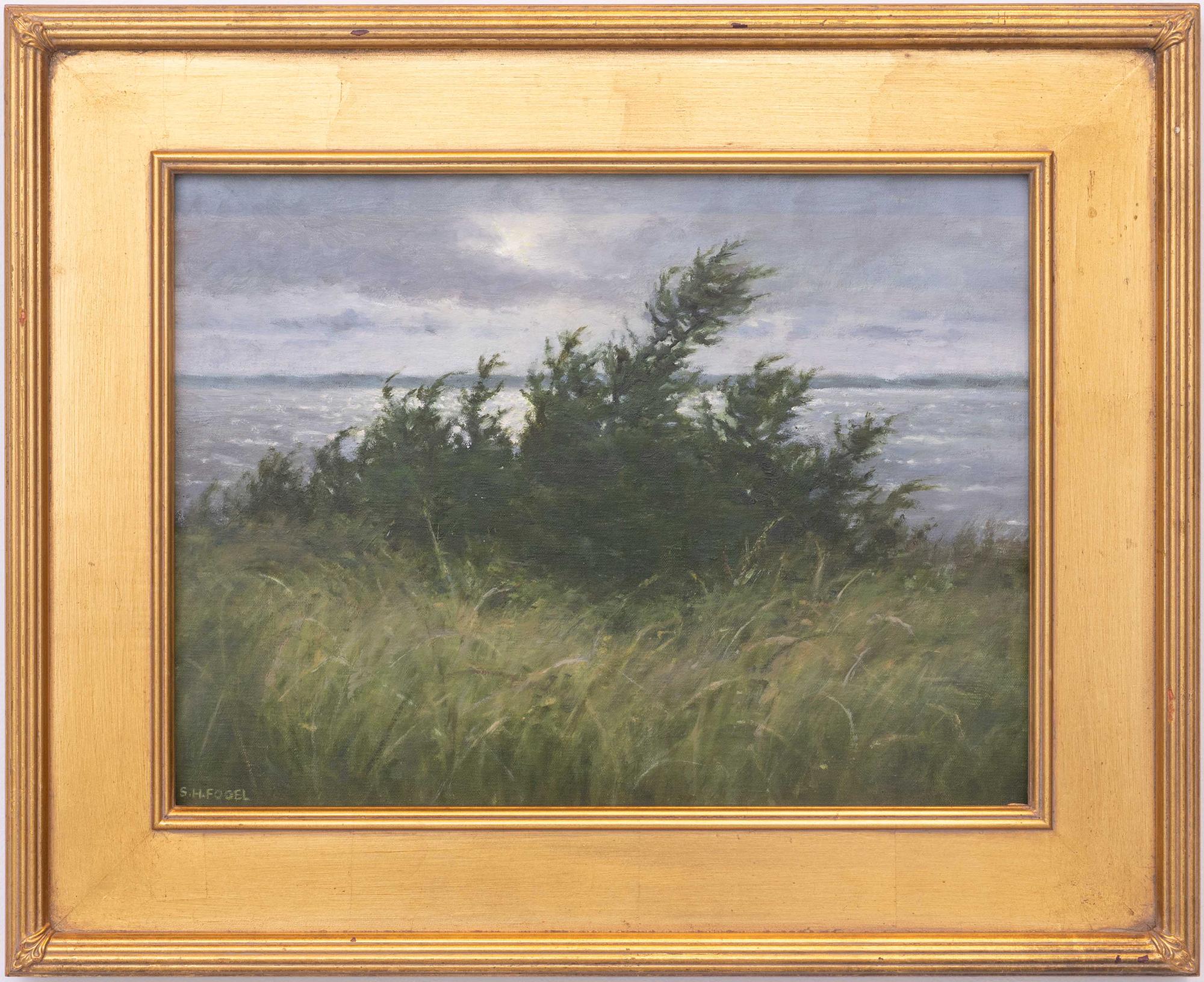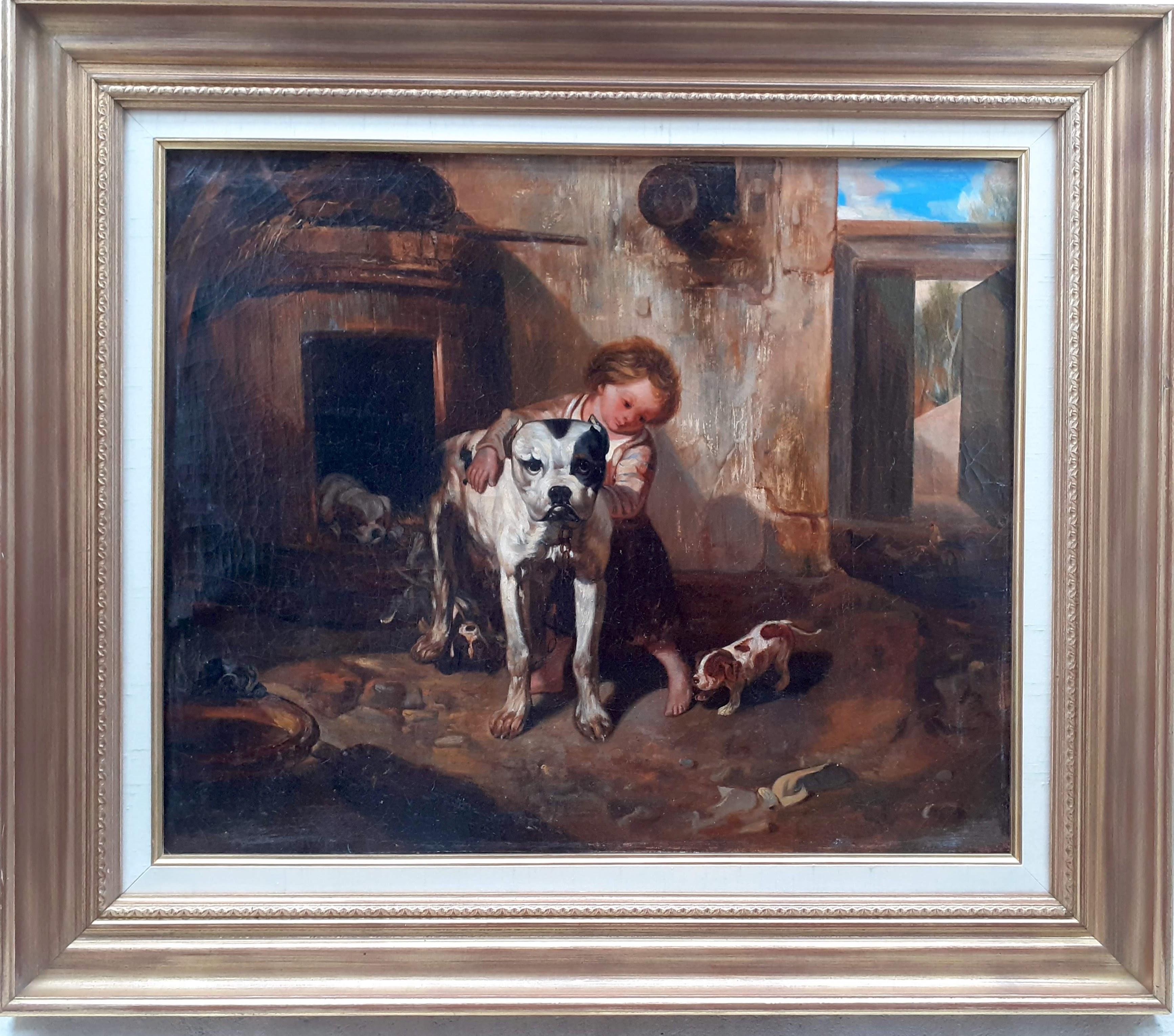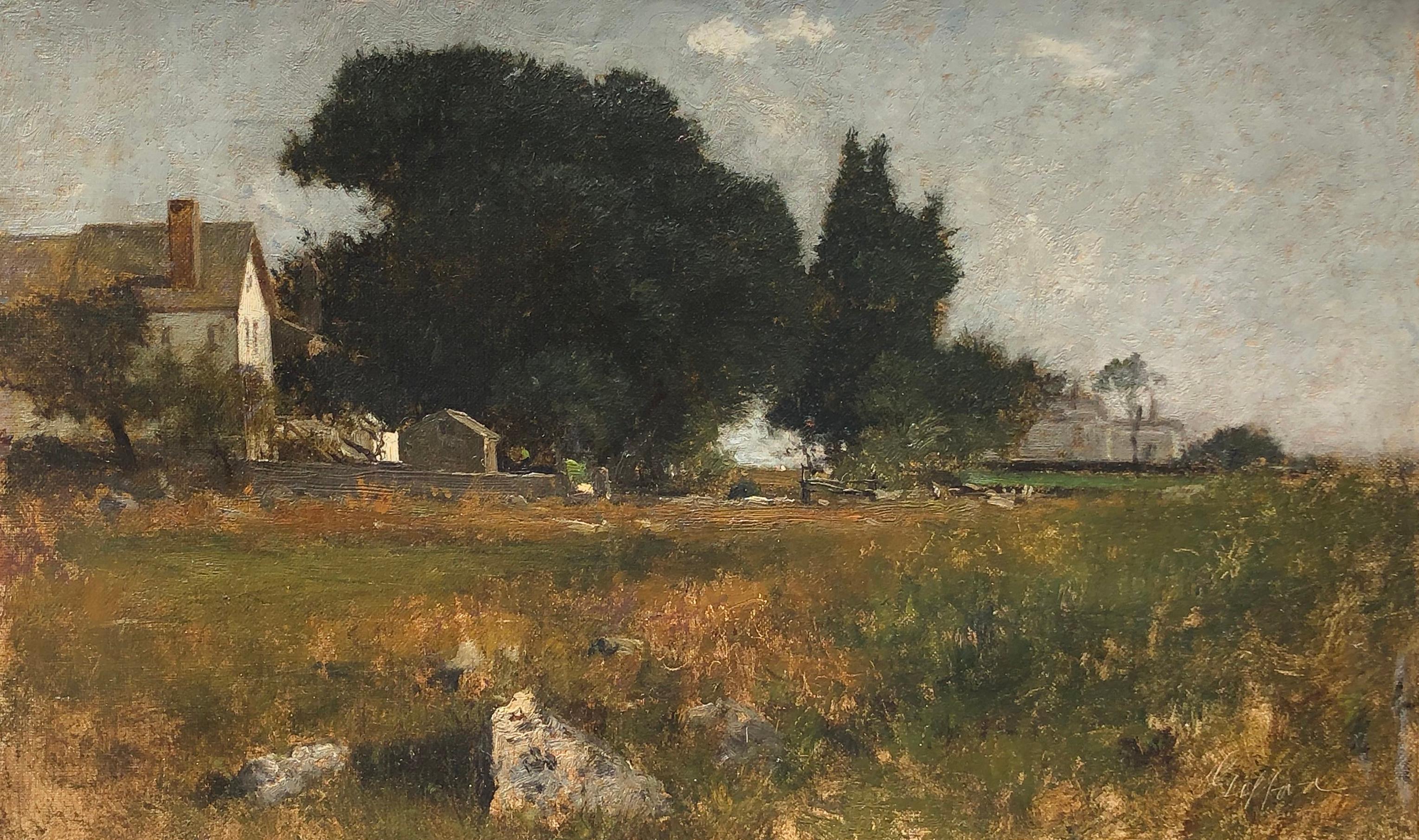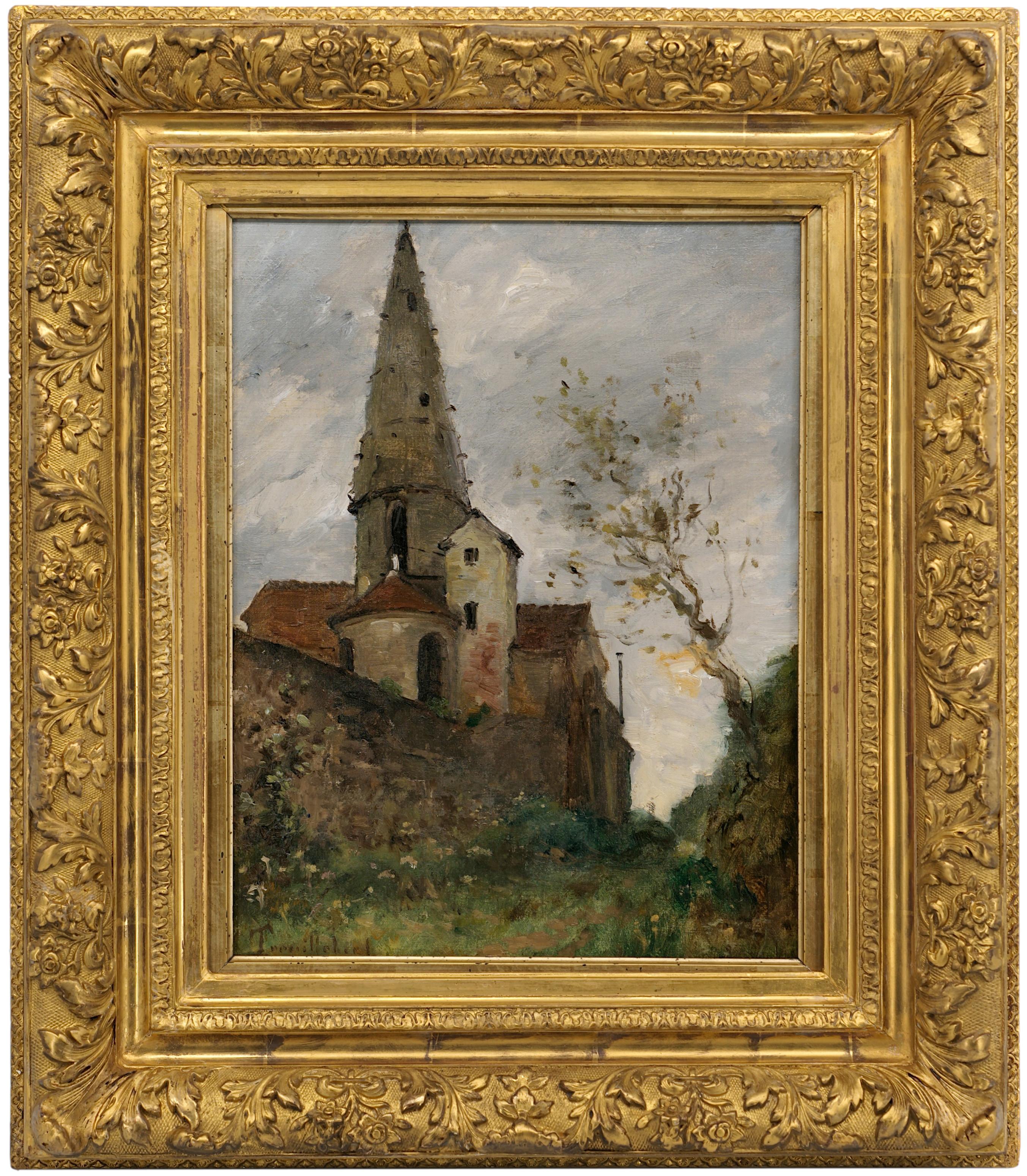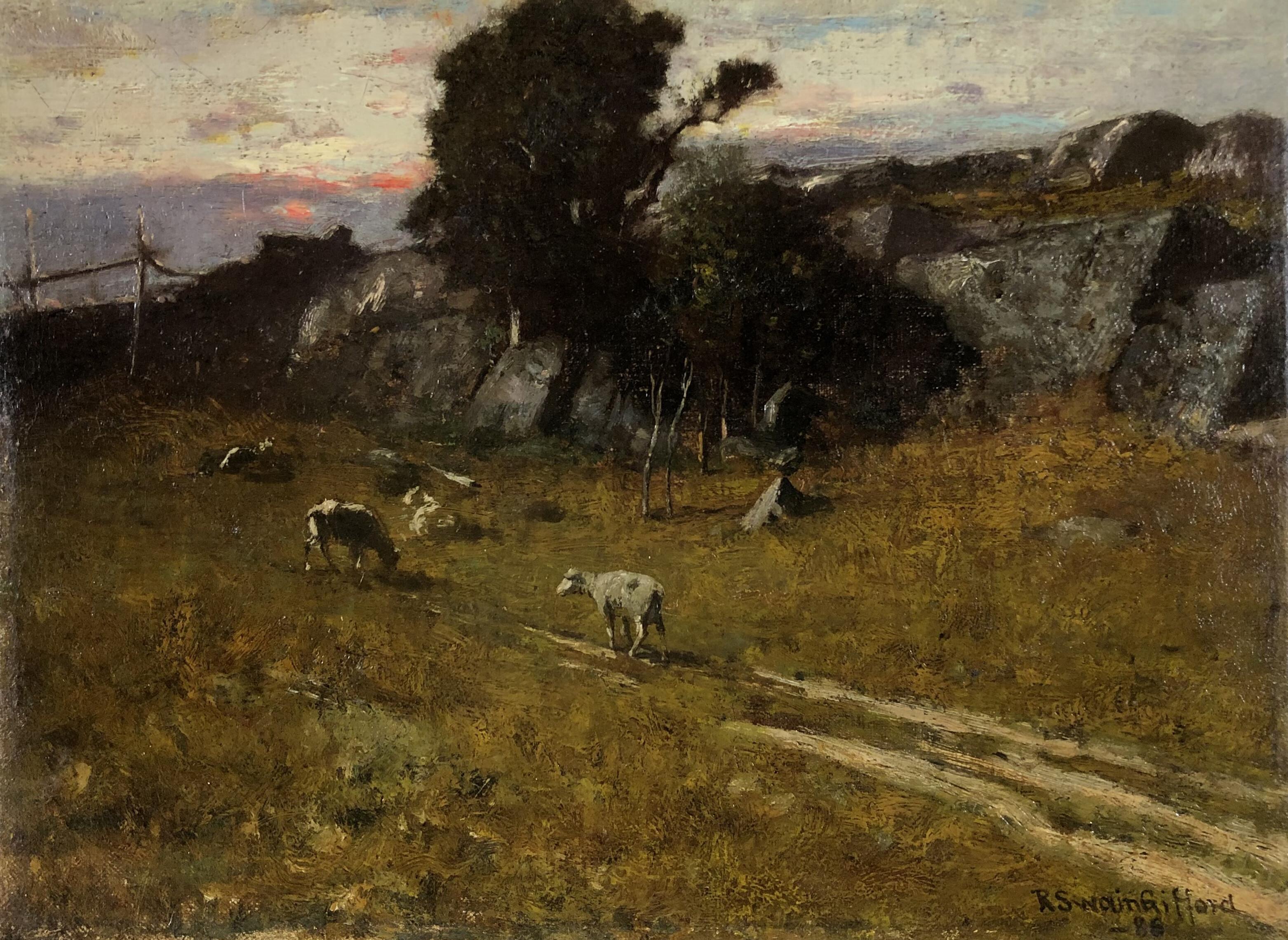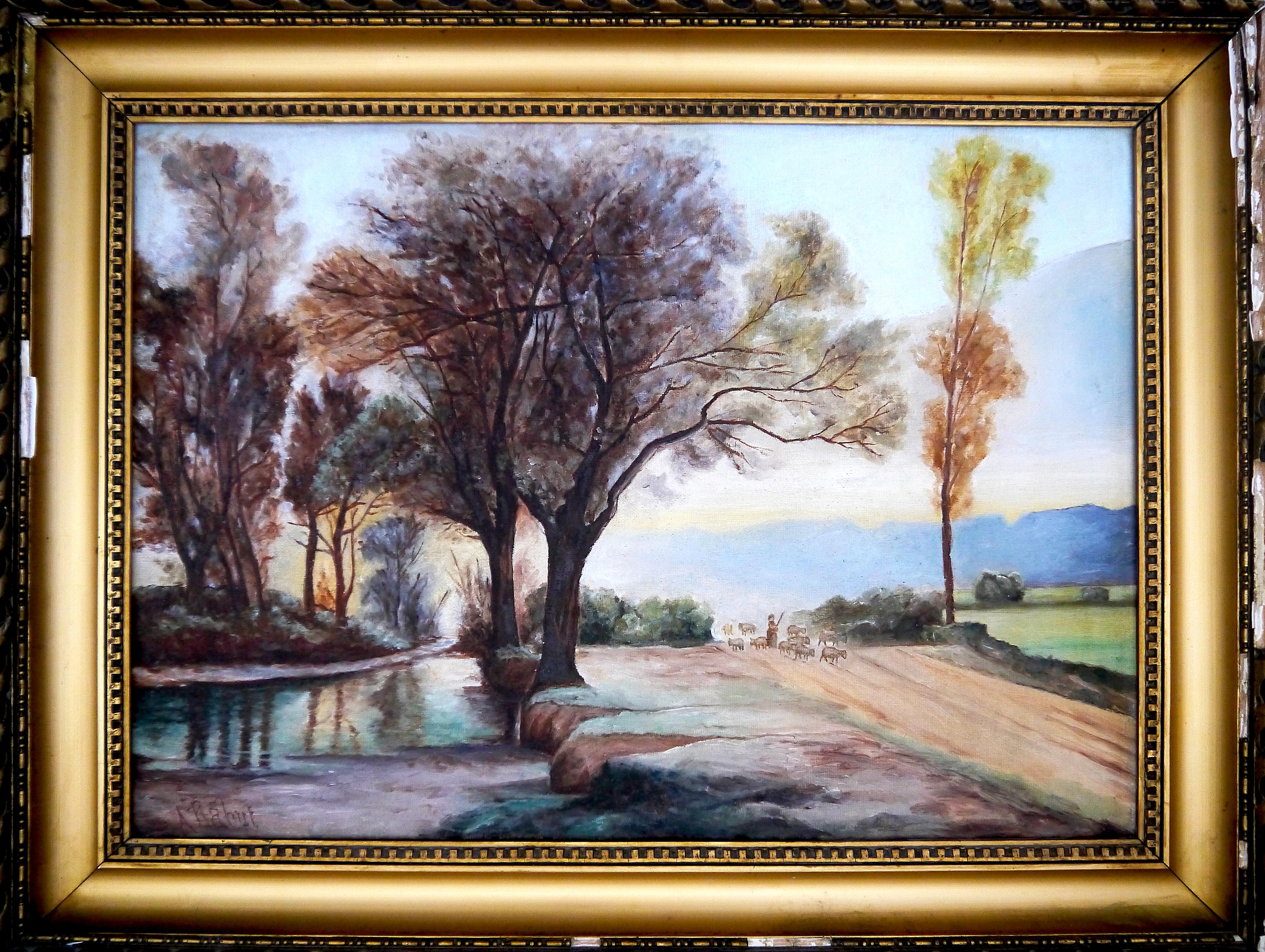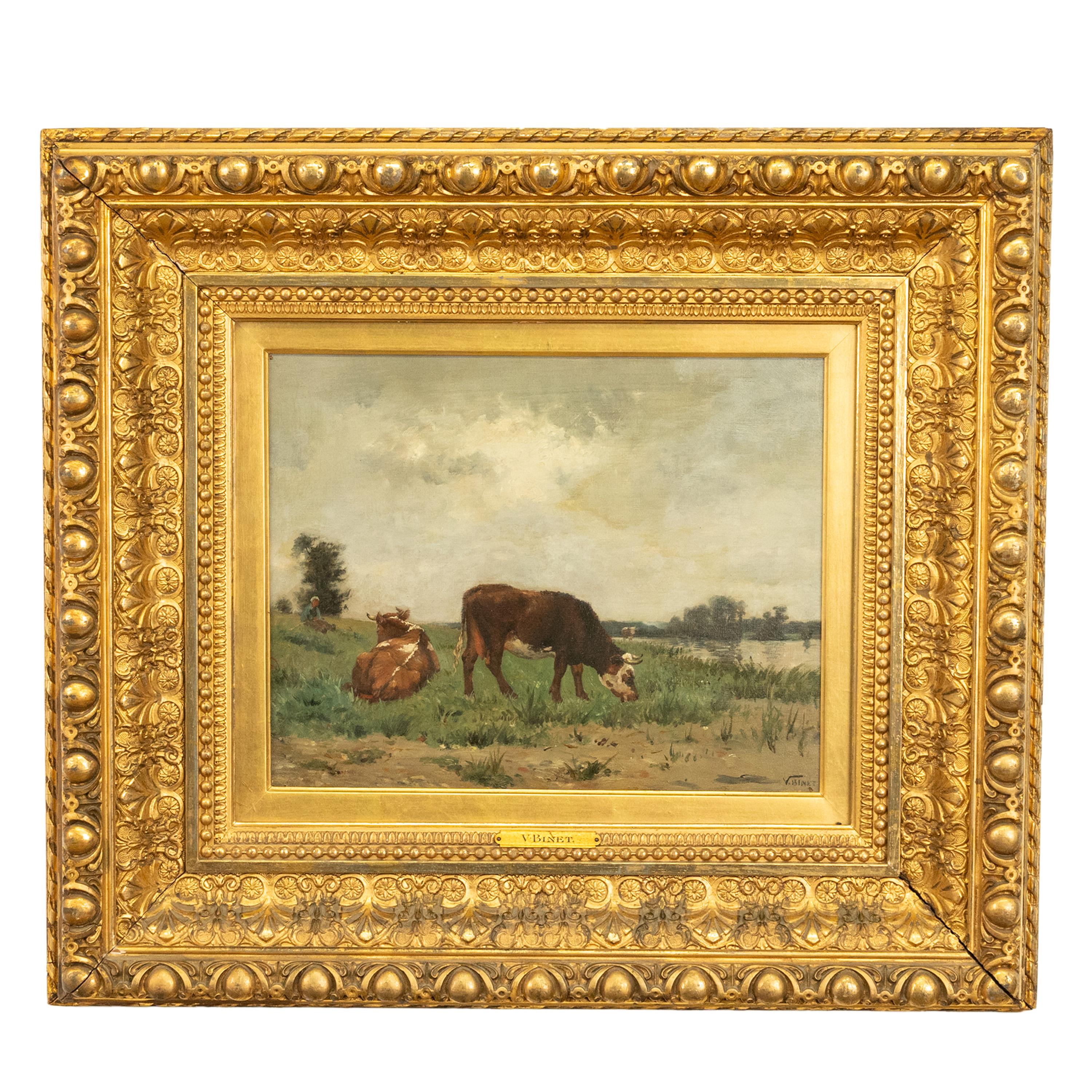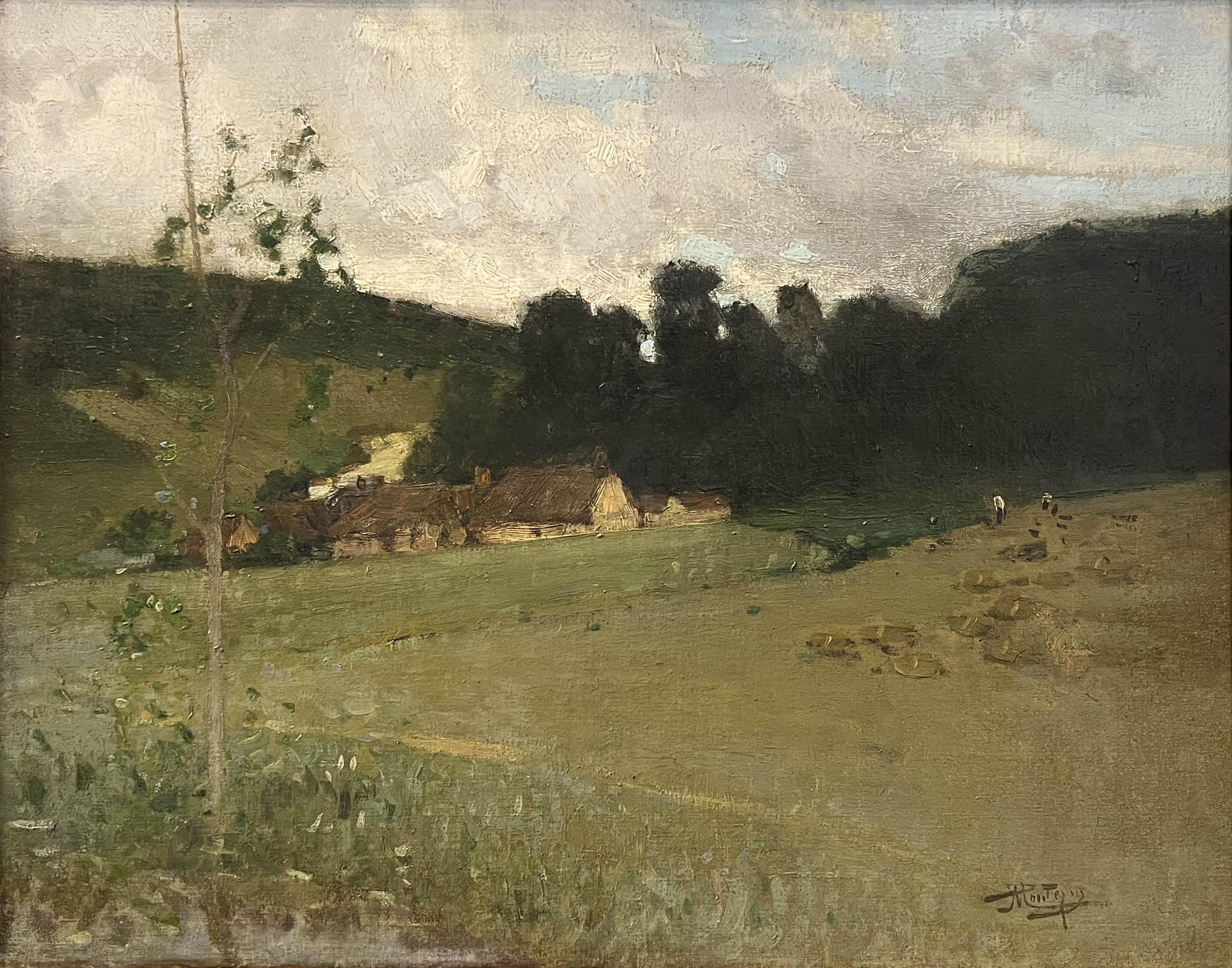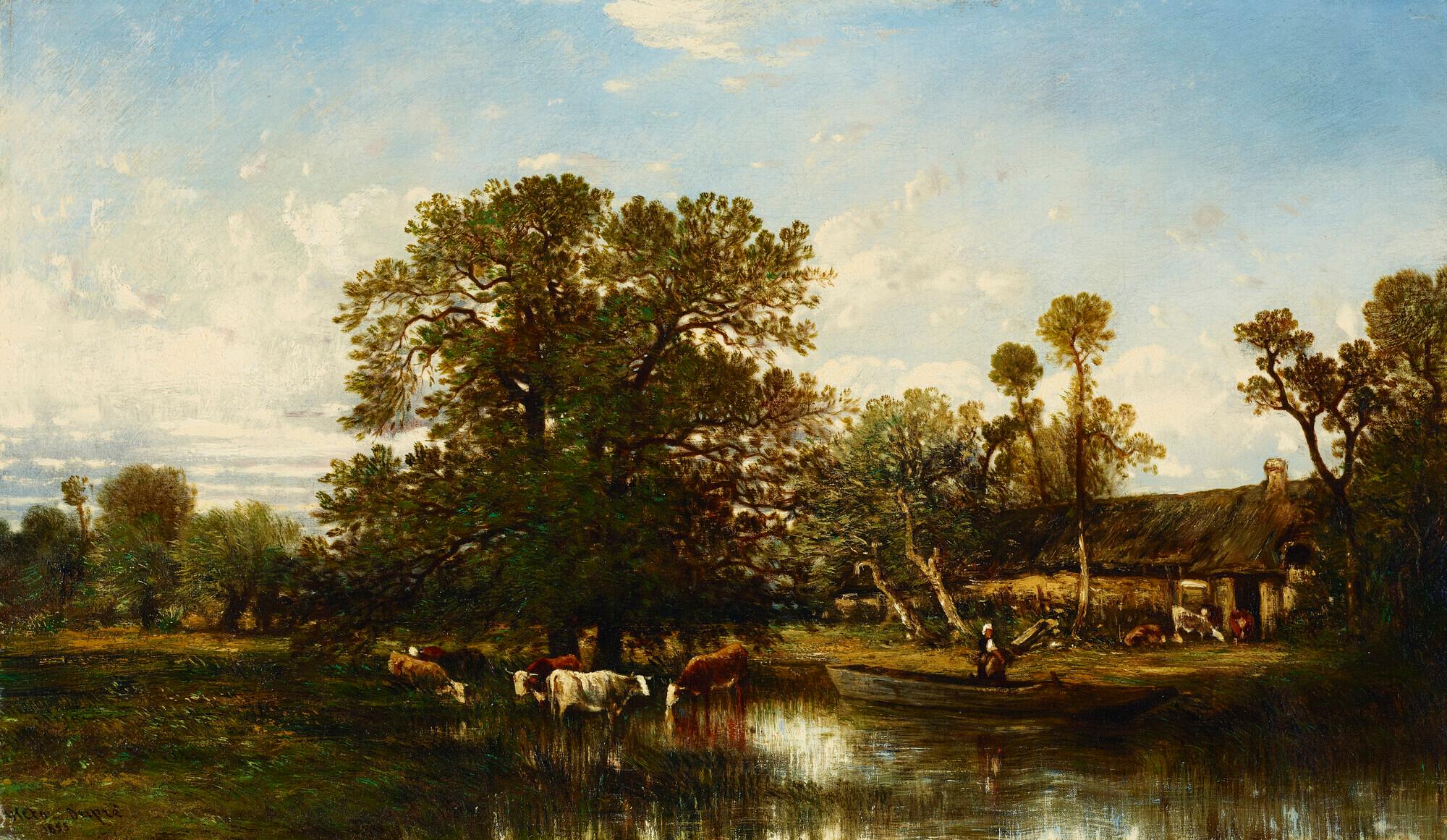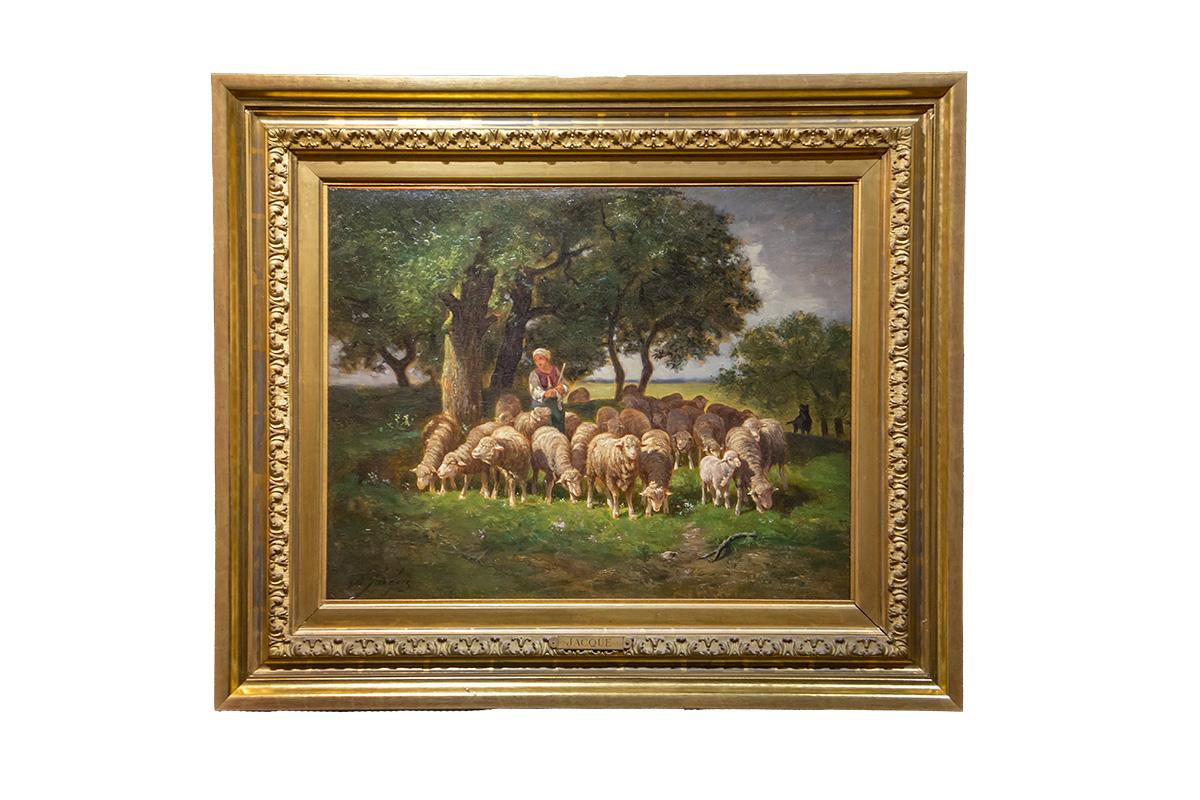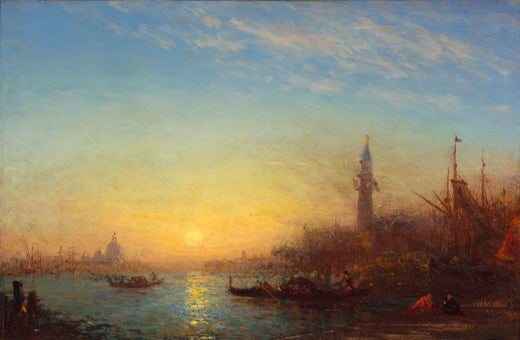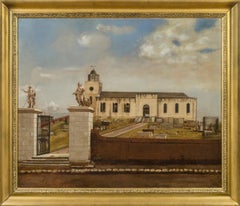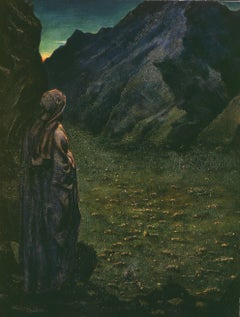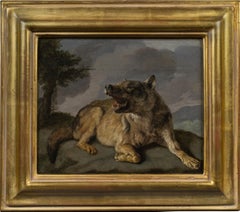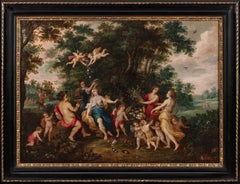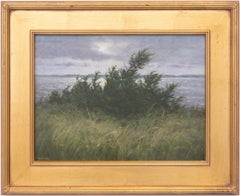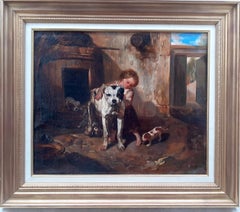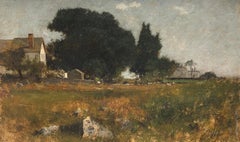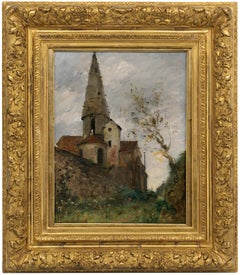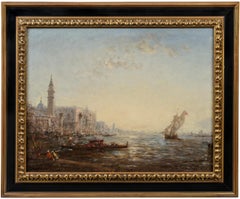
Sunrise over the Bacino di San Marco
View Similar Items
Félix ZiemSunrise over the Bacino di San Marco
About the Item
- Creator:Félix Ziem (1821 - 1911, French)
- Dimensions:Height: 21.5 in (54.61 cm)Width: 27.5 in (69.85 cm)
- Medium:
- Movement & Style:
- Period:
- Condition:
- Gallery Location:New York, NY
- Reference Number:1stDibs: LU1024578841
Félix Ziem
Felix Ziem was born in Beaune, Burgundy in 1821. Originally Ziem planned to be an architect and studied at the National School of Architecture of Nancy in Dijon. For a while, he worked as an architect. In 1839, he moved to Marseilles, where he received some informal instruction in painting from Adolphe Monticelli (1824–86). Painting developed from a hobby into a career following a visit in 1841 to Italy, where he fell in love with the city of Venice, a place that would become the source for many of his works and to which he returned annually until 1892. Apart from Venetian scenes, he also painted many still lifes, portraits and landscapes from a variety of places: including Constantinople, Martigues, Cagnes-sur-Mer and his native Burgundy. Ziem's works were first exhibited in 1849 at the Salon in Paris and he remained a regular exhibitor there for many years. He also traveled extensively throughout Europe and in 1860, he moved to Montmartre, the artistic district of Paris. Financially successful, he was known to help young artists. In 1857, the French government recognized his contribution to the art world by making him a Chevalier of the Legion of Honor.
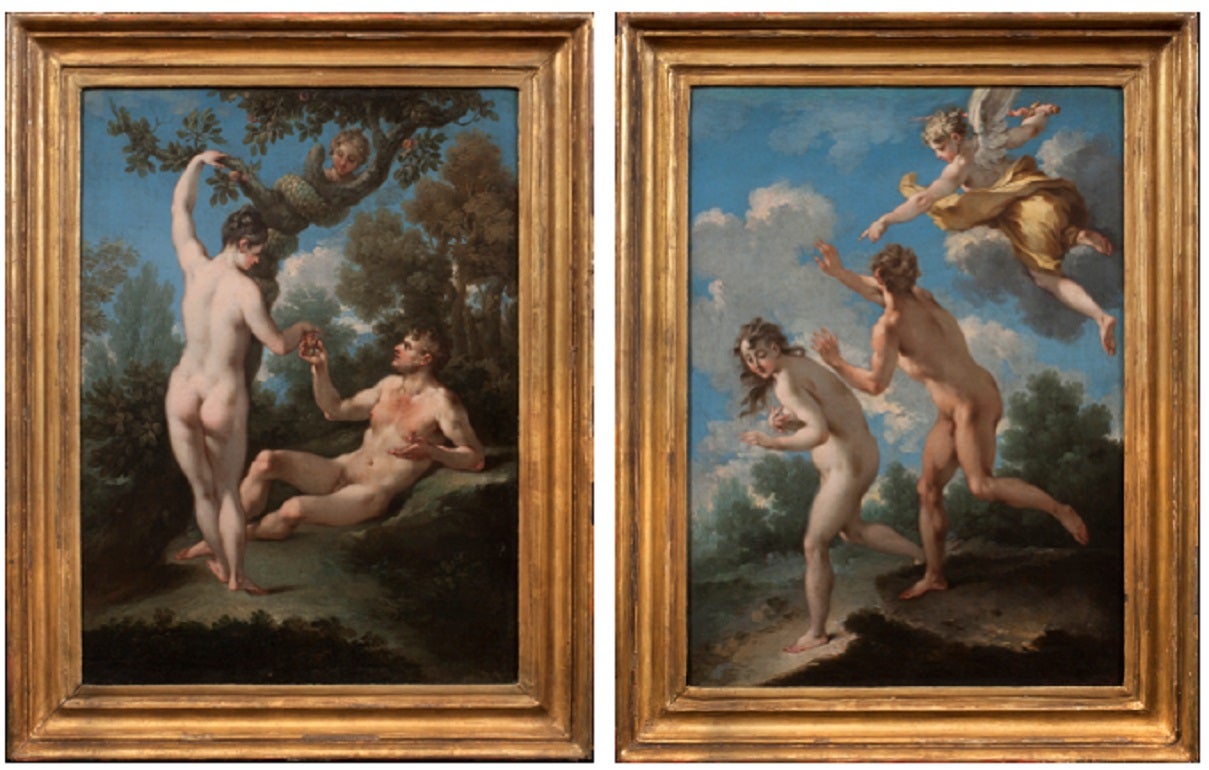
More From This Seller
View All19th Century Old Masters Landscape Paintings
Canvas, Oil
Late 19th Century Victorian Figurative Paintings
Canvas, Oil
17th Century Old Masters Animal Paintings
Canvas, Paper, Oil
17th Century Old Masters Paintings
Copper
17th Century Baroque Landscape Paintings
Copper
18th Century and Earlier Baroque Portrait Paintings
Canvas, Oil
You May Also Like
2010s Barbizon School Landscape Paintings
Canvas, Oil
1860s Barbizon School Landscape Paintings
Canvas, Oil
Late 19th Century Barbizon School Landscape Paintings
Canvas, Oil
19th Century Barbizon School Landscape Paintings
Canvas, Oil
1880s Barbizon School Landscape Paintings
Canvas, Oil
1880s Barbizon School Landscape Paintings
Canvas, Oil
